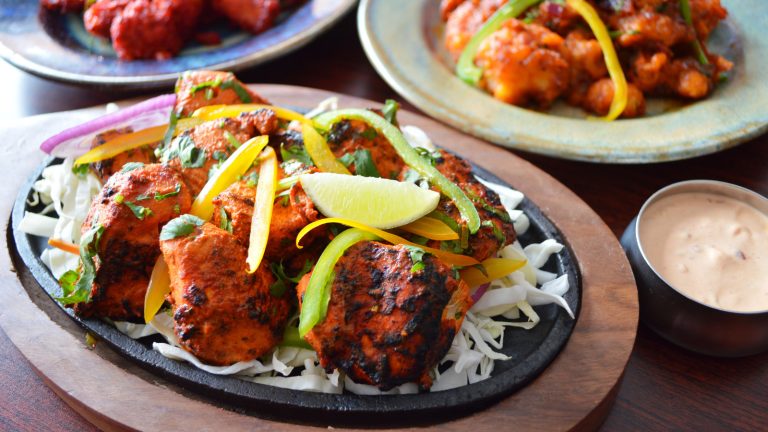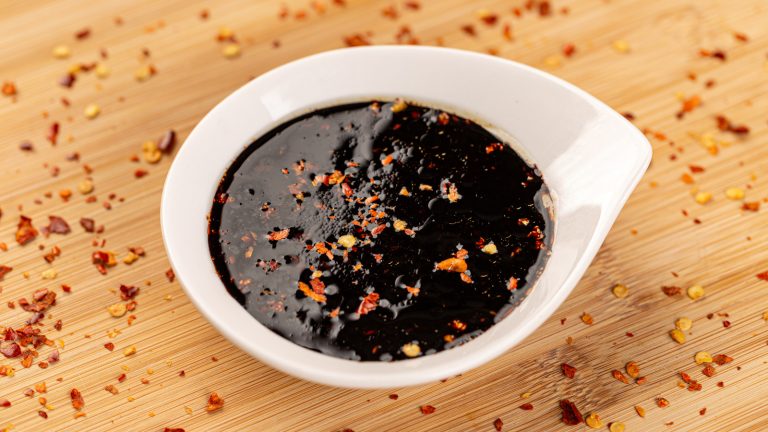While other fruits loudly declare their ripeness, lychee often keeps it subtle. This can be quite a head-scratcher when you’re at the grocery store, trying to choose the best lychee from a bundle of rough, bumpy exteriors. All hope is not lost, however. Lychee still has physical traits you can rely on when picking it out. Once you know what to look for, it’s only a matter of time before the juiciest, sweetest lychees end up in your basket.
For starters, it’s important to note that lychee is a non-climacteric fruit, which means it stops ripening after being harvested. This is why you should pick the freshest lychees available and eat them within a few days. The first sign of ripeness to look for is the peel’s color. While the shades vary from red to pink, orange, and yellow, most lychees tend to lean on the red side. No matter what it is, your best bet are ones that are bright and vibrant.
Size is also important, so go for lychees around 1 inch in diameter or slightly larger. Much like other fruits, gently pressing down on the lychee is another easy way to identify ripeness. It should be a balance between soft and firm where the fruit gives a little with pressure but still holds its shape. Finally, note the aroma. Lychee has a distinctive, floral scent with a honey-like undertone when it’s ripe. Delicate as it is, you can easily spot it with a quick sniff.
Why it’s important to pick out ripe lychee
One of the most important things you need to know about lychee is how marvelous and unique its flavors are. Lychee doesn’t just taste good — it adorns the essence of its late spring harvest season. It’s gentle and soothing but also brimming with liveliness. Its sweetness is a league of its own, with floral, fragrant notes mixed with a tart hint. Delivered through flavor-bursting, juicy bites, it’s no wonder there are so many creative ways to use lychee in food, beverages, and desserts. You can even use canned lychees for your at-home martinis should the inspiration ever strike.
Of course, the only way to enjoy the best this fruit has to offer is by eating while it’s ripe. Unripe lychee, which is often green and firm, is unpleasantly bitter and astringent. It may also contain the harmful compound hypoglycin. Consumed in large quantities and on an empty stomach, this naturally occurring toxin could cause fever, seizures, and be potentially fatal in extreme cases.
On the other side of the coin is overripe lychee. In this state, it’s mushy and accompanied by a darkened, wrinkly exterior. Most telling, however, is the sharply sour, almost fermented scent. Even though spoiled lychee warrants a discard, you may not have to resort to that with overripe ones just yet. If you have determined that it’s still edible, consider turning it into a jam, puree, or sorbet to make the most of it.






